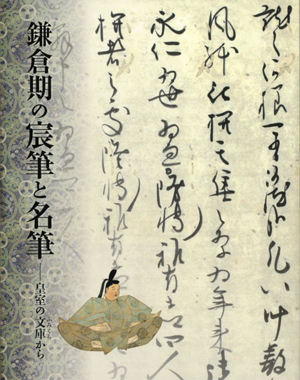| image | information |
|---|---|
 |
The Imperial Household Agency has a department called the Shoryobu (Archives and Mausolea Department), which has preserved to the present day written materials, official documents, and archeological objects related to the Imperial House. In the autumn of 2010, we held an exhibition titled "The Imperial Repository of Books and Writings - Masterpieces of the Archives and Mausolea Department", where we showcased for the first time various masterpieces which had rarely been shown to the public. The exhibition was well attended and favorably received. This time, we will introduce from the valuable materials of the Shoryobu collection, the masterworks of manuscripts in and around the Kamakura period, such as the handwritings of the emperors who were renowned as leading figures in the learned circle of the era. The various handwritings of the emperors represented by Emperor Hanazono's Kaitaishi-no-sho and his father, Emperor Fushimi's Diary, and of court nobles, such as Waka Kaishi, written by Kujo Yoshitsune, a famous skillful calligrapher, and the distinguished calligraphy seen in various diaries, letters, and others, are valuable not only as historical documents, but also as artistic objects which can be appreciated by people from various fields. Furthermore, the rare letters written by Taira-no Shigemori and Saigyo show us the fact that among the bushi (warrior) class in the late Heian period some had gradually attained sophisticated court manners, a precursor of the arrival of the Kamakura period when the bushi class opened a new chapter in the Japanese history. Exhibited along with these master calligraphy works are the reproductions both photographic and manual of the portrait of Emperor Goshirakawa found within his wooden statue in the Imperial mausoleum in Kyoto and the famous realistic portraits, Tenshi-Sekkan Miei, which depict the emperors of the late Heian, and Kamakura periods, the Regents and Advisors such as Fujiwara-no-Tadamichi, and Ministers such as Taira-no Kiyomori. |